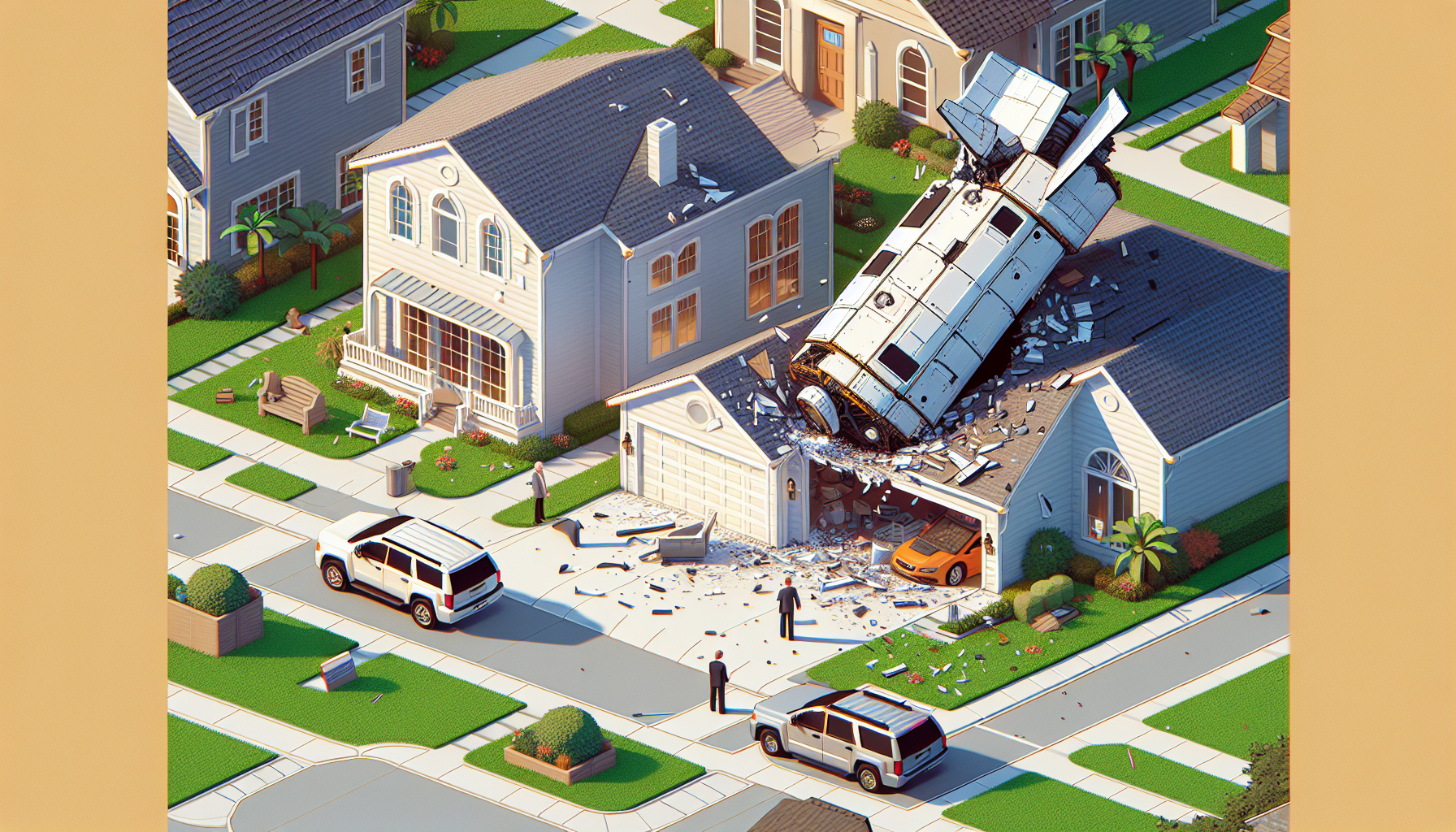 ## NASA Verifies Incident of Space Rubbish in Florida
## NASA Verifies Incident of Space Rubbish in Florida
NASA has verified an incident where a piece of space rubbish fell through the roof of a home in Naples, Florida, on March 8. It turns out that the debris was indeed a piece of discarded equipment from the International Space Station (ISS), discarded three years ago.
The Event
The space junk tore through two stories of Alejandro Otero’s home, barely missing his son. The item was identified as a part of the EP-9 supportive equipment used to fix batteries to a cargo pallet, which was dropped by the ISS’ robotic arm on March 11, 2021. The thrown out nickel-hydrogen batteries were supposed to orbit the Earth for two to four years before harmlessly burning in the atmosphere. However, this debris deviated from the anticipated trajectory.
The Space Rubbish
The roof-shattering debris was identified as a stanchion from NASA flight support equipment used to attach batteries to the cargo pallet. The metal object, made of Inconel alloy, weighs 1.6 lbs and measures 4 inches in height and has a diameter of 1.6 inches.
Otero was on holiday when his son informed him about the incident. He expressed shock and relief that the incident resulted in no injuries.
NASA’s Reaction
NASA has committed to examining the equipment jettison and re-entry process to understand why the debris hit Otero’s home instead of burning up. NASA’s press release states that experts use engineering models to calculate how objects heat up and disintegrate during re-entry into the atmosphere. These models rely on detailed inputs and are routinely updated whenever debris survives the re-entry process.
Space Waste: An Escalating Issue
Most space waste moves at an exceedingly high speed, as fast as 18,000 mph, NASA reports. Because of the pace and quantity of debris in Low Earth Orbit (LEO), both ongoing and future space activities, explorations, and operations impose a safety hazard to individuals and properties both in space and on Earth.
Final Thought
The incident serves as a vivid warning of the potential risks associated with space debris. As we continue to navigate and utilize space, it’s vital that we develop efficient strategies to manage and lessen the risks tied to space debris.
Questions and Replies
Q1: What does space debris mean?
A1: Space debris refers to obsolete human-made objects in space, such as retired satellites, expended rocket parts, and fragments from disintegration and crashes.
Q2: How swiftly does space waste travel?
A2: Most space waste travels exceedingly fast, hitting up to 18,000 mph, NASA reports.
Q3: What measures are in place to handle space debris?
A3: NASA along with other global space agencies are working on diverse strategies to handle space debris. This includes designing spacecraft to minimize debris creation, creating guidelines for spacecraft operation to limit collision possibilities, and exploring techniques for efficient debris removal.
Q4: What was the debris that struck the Florida residence?
A4: The debris was a part of the EP-9 supporting equipment used to attach batteries to a cargo pallet, which was discarded from the International Space Station (ISS) three years earlier.
Q5: Did the debris result in any injuries?
A5: There were no reported injuries. The debris narrowly avoided the homeowner’s son.